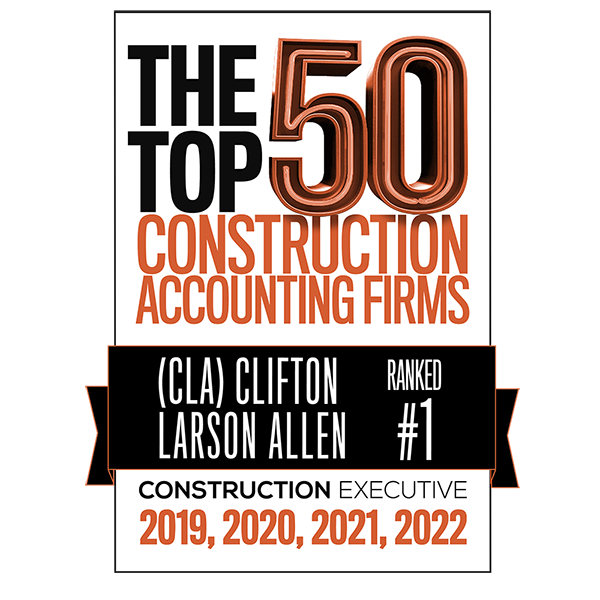IRS Reviving K-2 and K-3 for Partnerships (and S Corporations)

Authored by Perry McGowan : Professionals : CLA (CliftonLarsonAllen) (claconnect.com)
Pass-through entities use Form K-1 to report allocable taxable items from the entity to its owners. The K-1, which was traditionally one page, ballooned in 2021 into a compliance barrage of a K-2 and K-3 comprising about twenty pages apiece (filing instructions ballooned as well). As the tax season picked up steam earlier this year, the IRS was forced to back-off from its goals of vastly expanded reporting, which was primarily driven by perceived foreign income tax reporting needs. The new forms were largely put on the back burner for 2021 returns. But what does the IRS have in mind for this coming tax season? We now have a perspective from draft partnership K-2 and K-3 forms just released in proposed form.
The K-2 (which reports total entity amounts of foreign related data) and K-3 (which reports each owner’s allocable amounts) provide a vast array of international-related tax data to owners and the IRS, potentially without regard to whether the entity or the owner(s) actually have any international activity. The IRS argues, and this is technically correct, that if owners want to claim foreign tax credits from any sources on their tax returns, they need enriched data from all passthrough entities in which they participate.
To blunt the opposition they faced last year, for 2022 tax years, the IRS introduced a new domestic filing exception to the requirement to prepare and file forms K-2 and K-3. While we like to think of exceptions as a quick path out the back door, this exception takes several pages of IRS instructions and examples to describe. Still, once a partnership has applied the required process and qualified for the exception, it can secure a measure of simplified reporting.
Broadly speaking, to extract itself from K-2/K-3 reporting, a partnership 1) without specific types of foreign activity, and 2) only US citizen or resident partners, would 3) issue a communication to all partners on or before January 15, 2023 (for a calendar year 2022 partnership due for filing on March 15, 2023) to allow the partners to request K-2/K-3 reporting. Responses are measured on February 15 (again, for a calendar year partnerships). Responses from the partners before this date dictate which partners must be part of K-2/K-3 reporting. If no partners request the form, potentially no K-2/K-3 reporting is needed. On the other hand, if any partners do request data by February 15, or if any partners request data after February 15, some K-2/K-3 forms are required with precise rules established for which forms must be produced or filed, for which partner, and by which date.
While the details are expansive, the underlying message (if the IRS moves forward with these draft rules) is that all partnerships (and, potentially, S corporations if the IRS updates the Form 1120-S schedules) seeking to avoid K-2/K-3 reporting, or who wish to reduce the amount of it, need to issue a formal notice to owners in January. This communication initiates the process of securing the filing exemptions. If owners respond that they do not require the foreign tax credit related reporting presented on K-2/K-3, or if they do not respond at all, the compliance burden on the flow-through entity is eased.
It appears likely that most qualified partnerships may want to pursue this relief and so a new communication to partners is likely needed come January. Comments on these drafts can be made to the IRS through November 8, 2022. Expect similar guidance to follow soon for S corporations.
Ben is a trusted professional advisor providing tax, accounting, assurance and consulting services to the construction industry. As a tax principal in the Minneapolis, MN office of CLA he helps construction company's and their owners navigate industry challenges and complex tax legislation. He gained experience with 2 regional firms and a sole proprietor for 19 years prior to rejoining CLA in 2016. Ben serves as National Construction Tax Leader for CLA and is a member of the CLA Construction Strategic Leadership Team.


That K-2 and K-3 filing was a nightmare. Sounds great if we can avoid it.